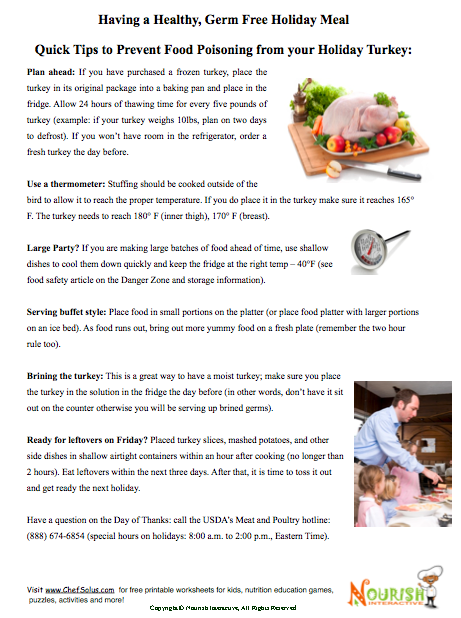
Similarly, practise using other equipment such as mixers, ensuring that they are keeping little fingers away from the moving parts. You should explain why you should not put knives into the soapy water because someone could reach in and get cut and, if you have a dishwasher, that they should place knives point side down when loading it. Make sure they go slowly until they are more confident, and that they always pay attention to what they are doing.
#Kitchen safety quiz for kids how to#
When they are cutting show them how to point the blade away from themselves and keep their fingers away from the blade, holding the food with their non-dominant hand, fingers curled under. Show them how they should pick up knives by the handle and explain to never touch the blade, even if it is blunt. Kitchen knives should be sharp to work best so ensure that children are very careful with knives. If they can use the equipment themselves then practise before you start cooking. Explain to children that it’s easy to get injured in the kitchen if you’re not careful, and a cut or burn will put an end to their fun cooking session.ĭepending upon the age of the children, they may need to ask you if they can use blenders, food processors, knives, or other sharp kitchen tools, or if they are too young, they may ask you as their kitchen assistant to do it for them. You can start with simple recipes that don’t involve a lot of cutting, heat, or appliances. Using the different coloured chopping boards helps children to recognise the need to keep certain foods separate:Īlso, before the cooking starts, prepare children to use the kitchen equipment.

Also explain the need to avoid contact between raw foods and cooked foods as this can cause upset tummies. They can also fight germs by keeping the working surfaces (like countertops and cutting boards) clean and dry by washing them with soap and warm water after they have finished cooking.Įxplain about why you need to wash fruit and vegetables when preparing to use them and how important it is to keep germs out of your food, as you don’t want people getting ill. Get them in the habit of rewashing their hands regularly and washing their utensils after use. This is especially important for recipes that involve touching the food directly and or raw foods such as meat or fish. Tell them about not licking fingers or utensils while preparing food as doing this is a great way to transfer germs, which in turn can make people sick. Starting with handwashing, you can borrow the COVID ritual of singing two verses of happy birthday when handwashing.

If they have long hair make sure they tie it back long hair can get caught in equipment or even catch fire, and no one wants to find a hair in their food at tasting time. Slipping on something spilt is the easiest way to get injured in the kitchen, or for someone else to slip as they walk into your kitchen, so make sure children are wearing sensible non-slip shoes.

If they don’t have an apron, an old adult shirt or T-shirt will do.ĭon’t let them wear anything that’s big and loose explain that baggy sleeves or clothes could catch fire or get caught in mixer blades or other equipment. Wearing an apron will keep their clothes clean. The kitchen is the most dangerous room in any home, so helping children to understand the hazards present in the kitchen can help avoid causing an accident or subjecting your family to a bout of food poisoning when they taste your child’s results.īegin with preparing to cook – talk about what they should wear. Just as important as learning about food and cookery skills is teaching children about health and safety in the kitchen. It will also give them a sense of pride and achievement as they take the raw materials and turn them into something delicious.Ĭooking with children will also help them to improve in other subject areas too such as reading (recipes), maths (weighing and measuring ingredients), nature (where ingredients come from), science (what happens when substances are heated, frozen, mixed with other substances etc.), biology (hygiene and safety), art (food presentation) and even languages (pizza – Italian, Hummus – Turkish etc.).Īll of these can be fun activities, and if learning is fun, children are more likely to retain the information. Getting children interested in food, where the different ingredients come from and how to cook them, is really important as it will educate them at a young age about healthy eating options, giving them the opportunity and confidence to try different foods. Cooking in the kitchen is a great fun activity to do with children, it also teaches them a crucial life skill.


 0 kommentar(er)
0 kommentar(er)
